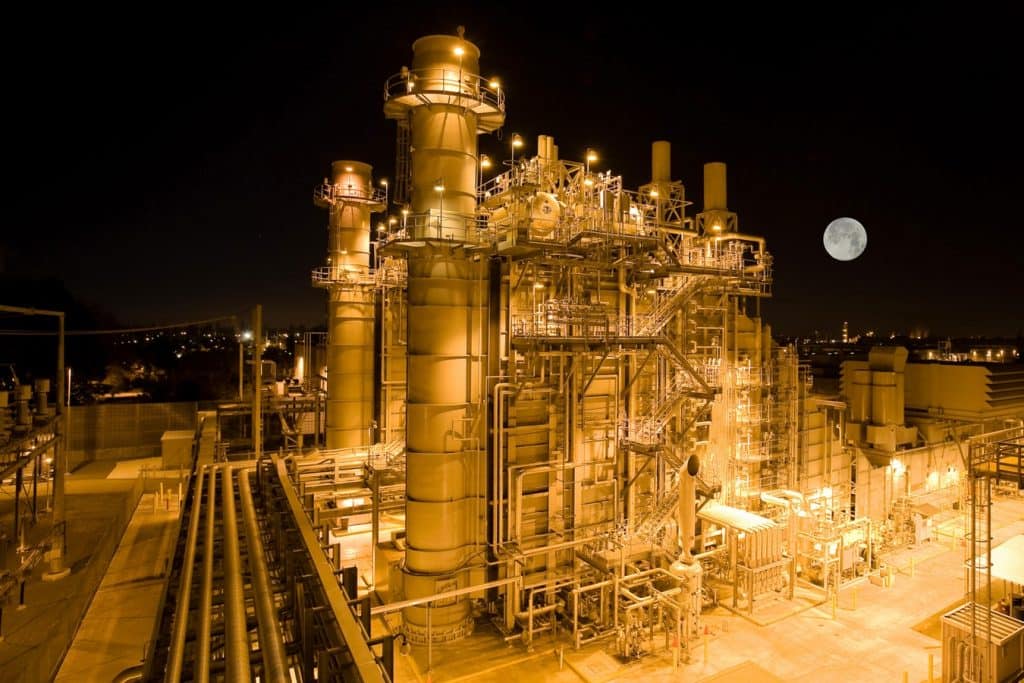
Efficiency in Turbomachinery – Optimizing Power Generation
As global energy demand continues to rise, power production companies face increasing pressure to enhance efficiency while minimizing waste. The oil and gas industry must navigate volatile market prices, evolving regulations, and growing production demands to remain competitive. To achieve higher energy output at lower costs, stakeholders must optimize their gas and steam turbines. This article reviews factors influencing efficiency in turbomachinery, gas vs steam turbine efficiency, and advantages of combined-cycle power plants.
Gas vs Steam Turbines: Which Is More Efficient?
Both gas and steam turbines offer unique advantages, but steam turbines generally provide higher efficiency and lower maintenance costs. They rely on a stable external heat source, allowing for consistent kinetic energy transfer. However, one drawback is that steam turbines require a longer startup time before reaching full operating capacity.
In contrast, gas turbines operate on combustion-driven energy production, where high-energy fuel burns in a compressed air environment. This method creates extreme temperatures, requiring specialized turbine blades and exhaust heat recovery systems to manage efficiency losses. Although gas turbines respond quickly to energy demands, they experience thermal fluctuations that impact efficiency.
By integrating both technologies, many power plants achieve greater efficiency through combined-cycle systems. This approach captures the hot exhaust gases from gas turbines and repurposes them to generate steam for steam turbines, maximizing energy output.
How Combined-Cycle Improves Efficiency in Turbomachinery
Increasing Energy Output with Combined-Cycle Technology
Combined-cycle power plants use both gas and steam turbines to generate electricity more efficiently. The primary power source comes from a gas turbine connected to a generator. Instead of wasting the hot exhaust gases, the system purifies and repurposes them to produce steam for a steam turbine. This process extracts additional energy that would otherwise be lost.
According to the U.S. Energy Information Administration, gas-fired combined-cycle plants operated for an average of 4,932 hours at full capacity in 2015—an increase of almost 10% from 2012. In contrast, coal-fired plants saw a decline, operating for only 4,783 hours in the same period.
This efficiency gain highlights the growing shift toward combined-cycle technology as an effective alternative to traditional fossil fuel power generation.
Record-Breaking Efficiency in Turbomachinery Using Combined-Cycle
In 2016, GE manufactured a record-setting combined-cycle power plant in France, achieving an efficiency rate of 62.22%. This performance was so remarkable that it earned a place in the Guinness Book of World Records.
The plant, known as Bouchain 9HA.01, demonstrates the potential of modern turbomachinery technology. Its HA compressor processes enough air to fill a Goodyear blimp in just 10 seconds, and the last turbine blade spins at 1,200 miles per hour—1.5 times the speed of sound.
One of the biggest advantages of this plant is its rapid response time. Unlike traditional power plants that take hours to reach full capacity, the Bouchain plant achieves full power in under 30 minutes. This flexibility is essential during extreme weather events and sudden power demands.
Reducing Emissions with Combined-Cycle Efficiency
Beyond efficiency gains, combined-cycle plants significantly reduce emissions. At Bouchain, GE replaced an older coal-fired power plant, cutting CO₂ emissions by 65% and SOₓ emissions by 95%, while eliminating particulate matter emissions entirely.
This demonstrates how integrating gas and steam turbines can create a sustainable, high-efficiency energy model for the future.
Why Efficiency is the Future of Turbomachinery
Efficiency remains the top priority for energy producers, especially as environmental regulations tighten and fuel costs fluctuate. Achieving higher power output with lower fuel consumption not only boosts profitability but also enhances sustainability.
At Petrotech, we specialize in high-performance turbomachinery control systems for:
- Gas, hydro, and steam turbines.
- Generators and reciprocating/diesel engines.
- Centrifugal and axial compressors.
- Pumps and auxiliary power systems.
Our solutions help energy companies increase production, reduce operational waste, and enhance system reliability. Whether you’re looking for a system upgrade or a new installation, Petrotech provides flexible, open, and integrated control solutions designed for maximum efficiency.
With thousands of successful installations worldwide, we help businesses achieve greater performance and sustainability.

